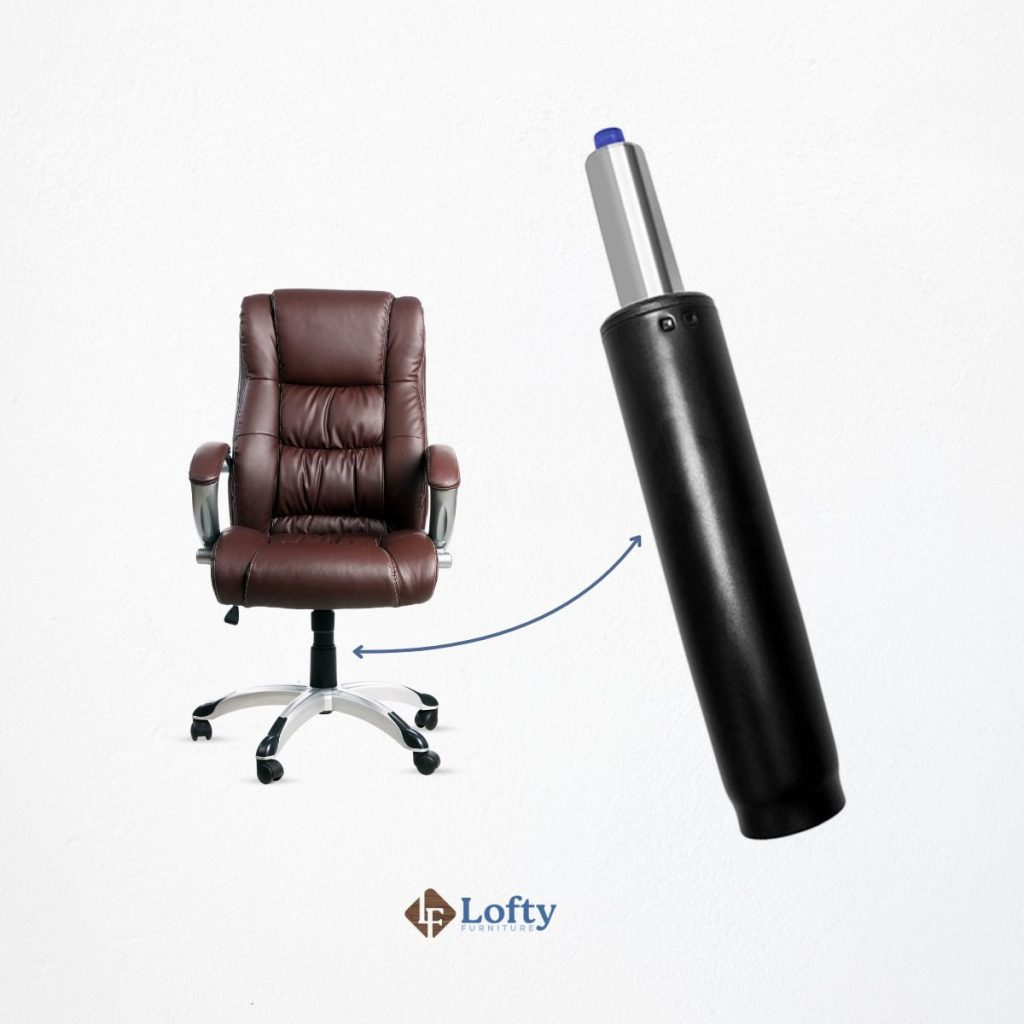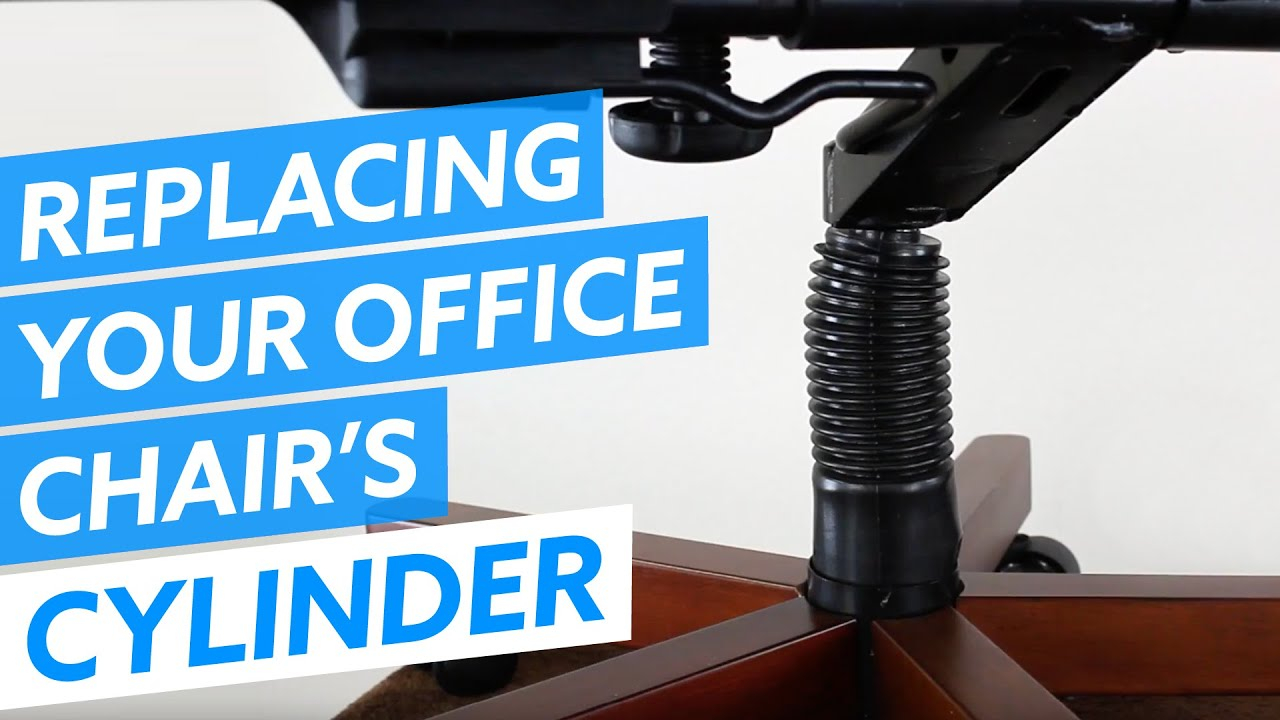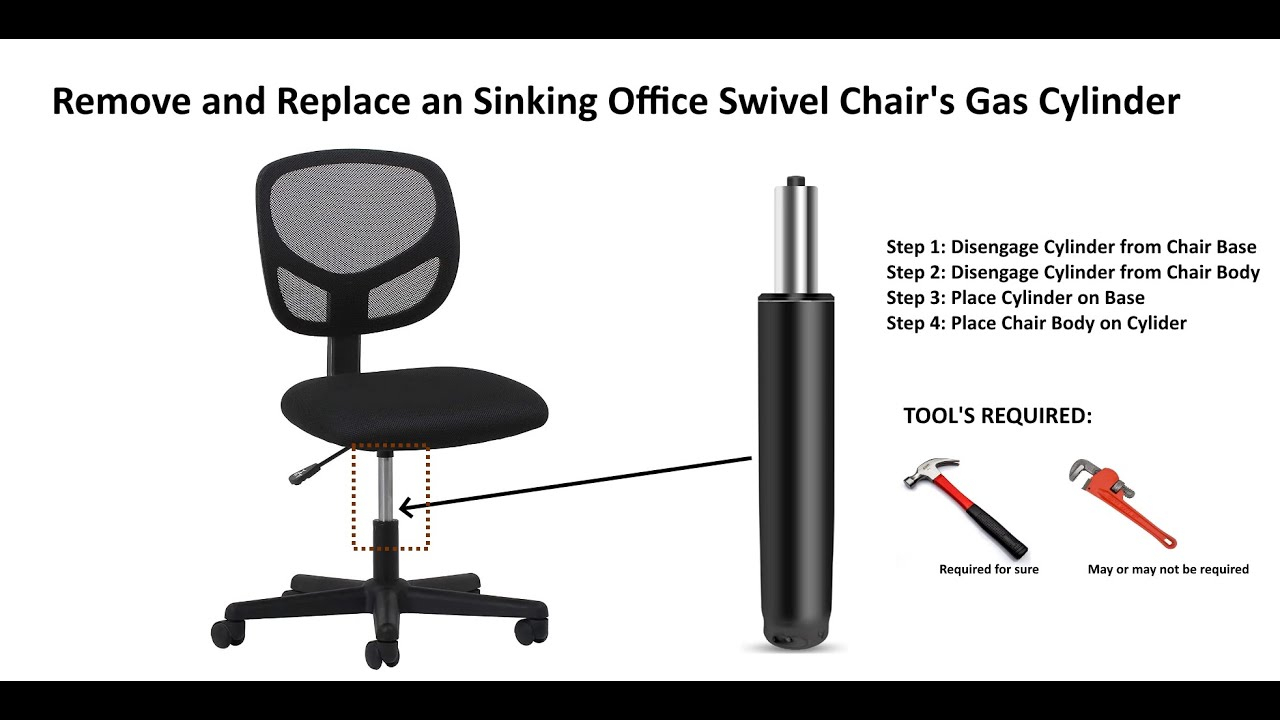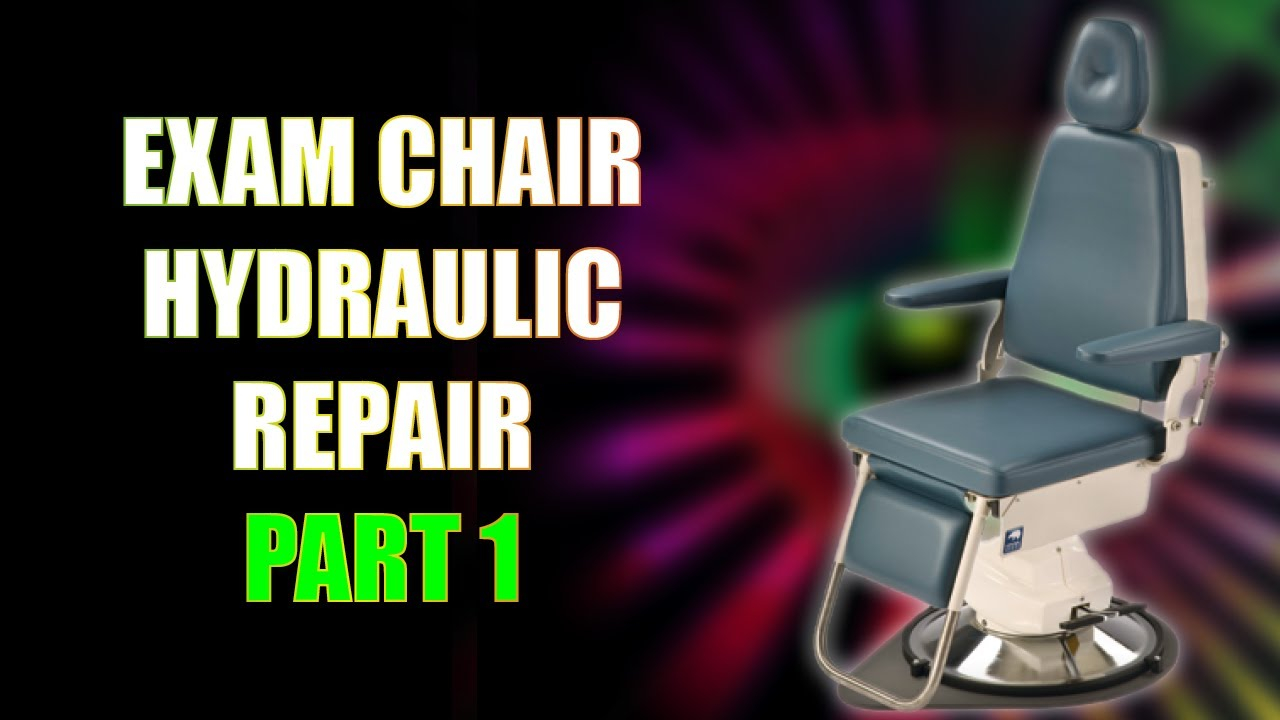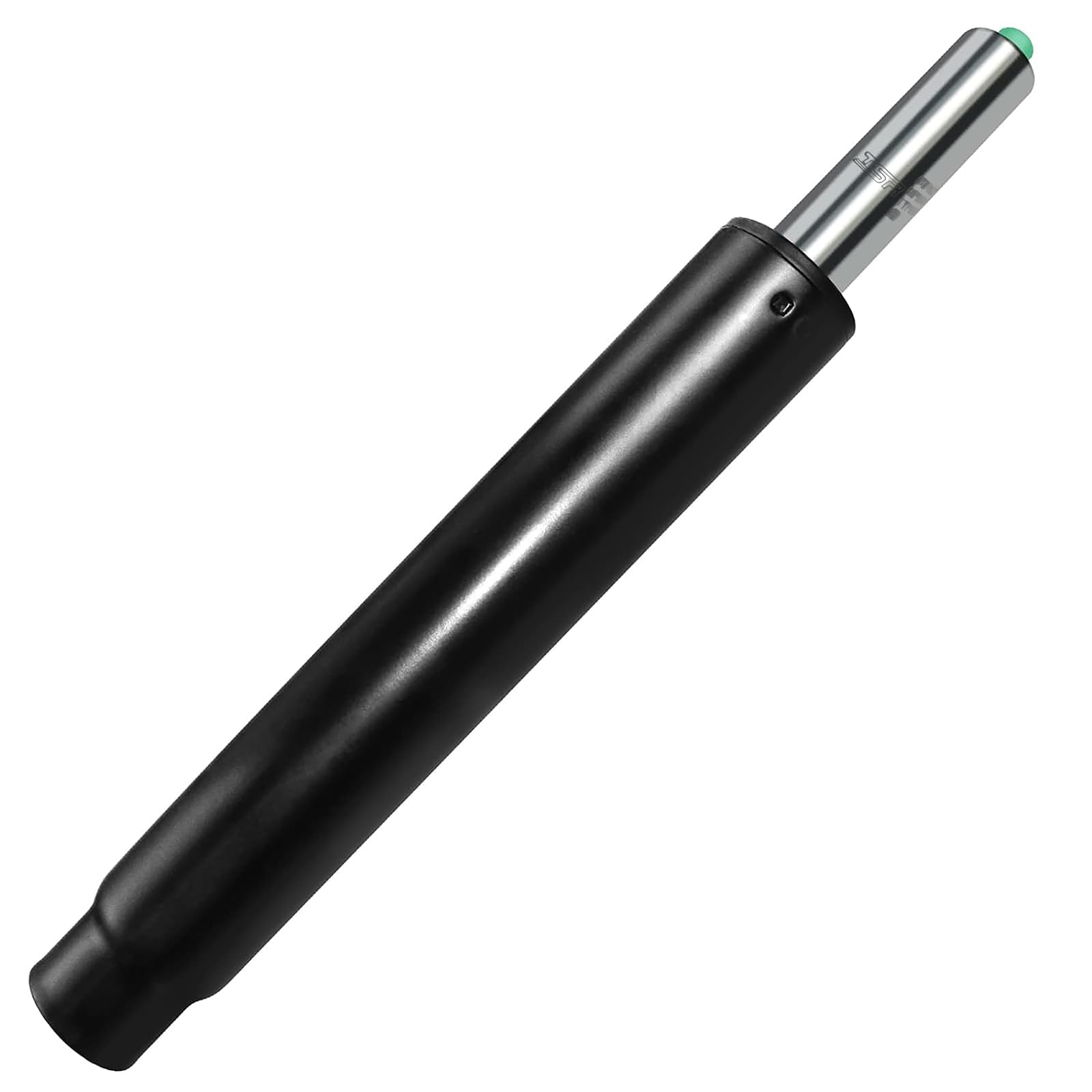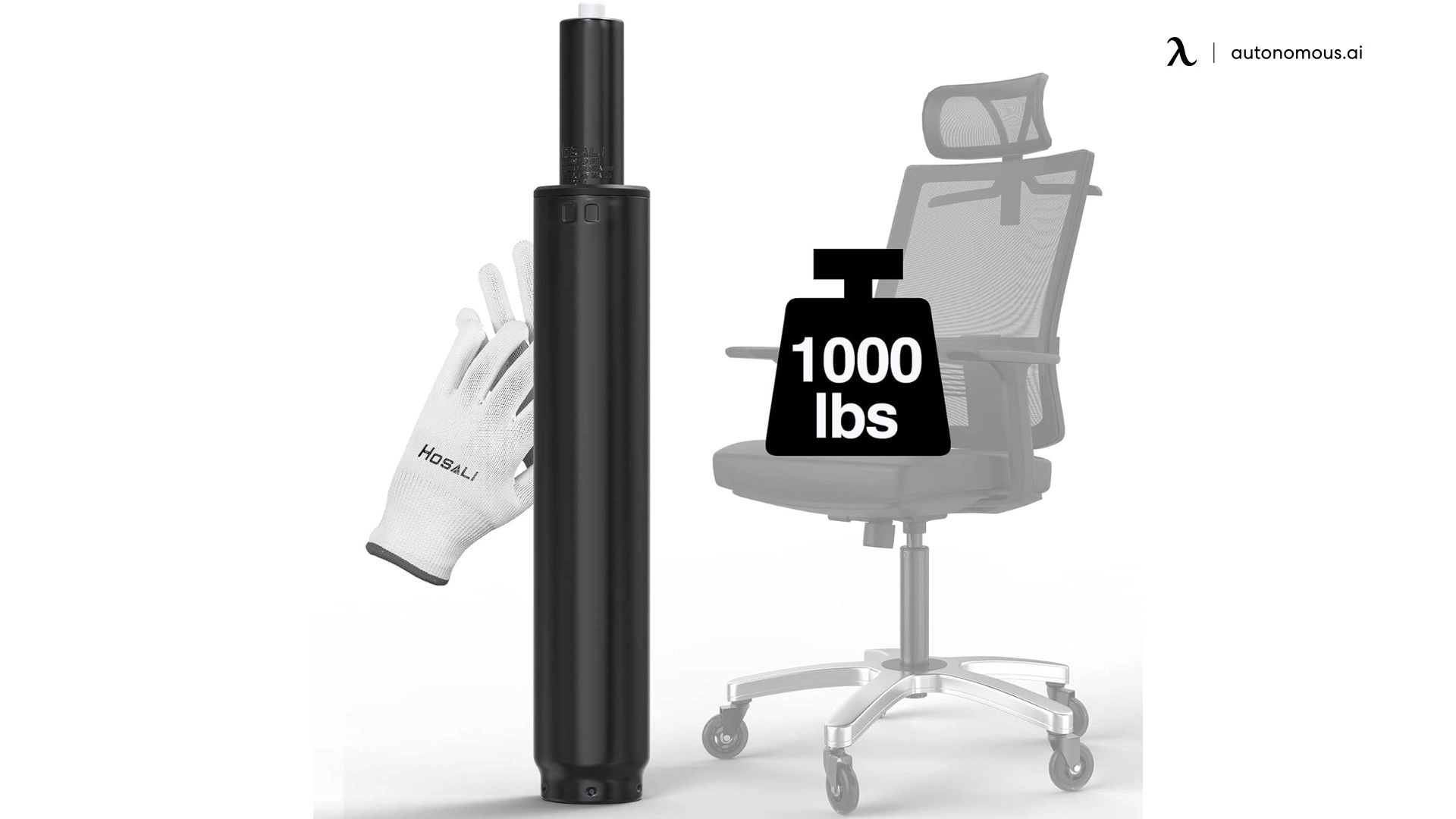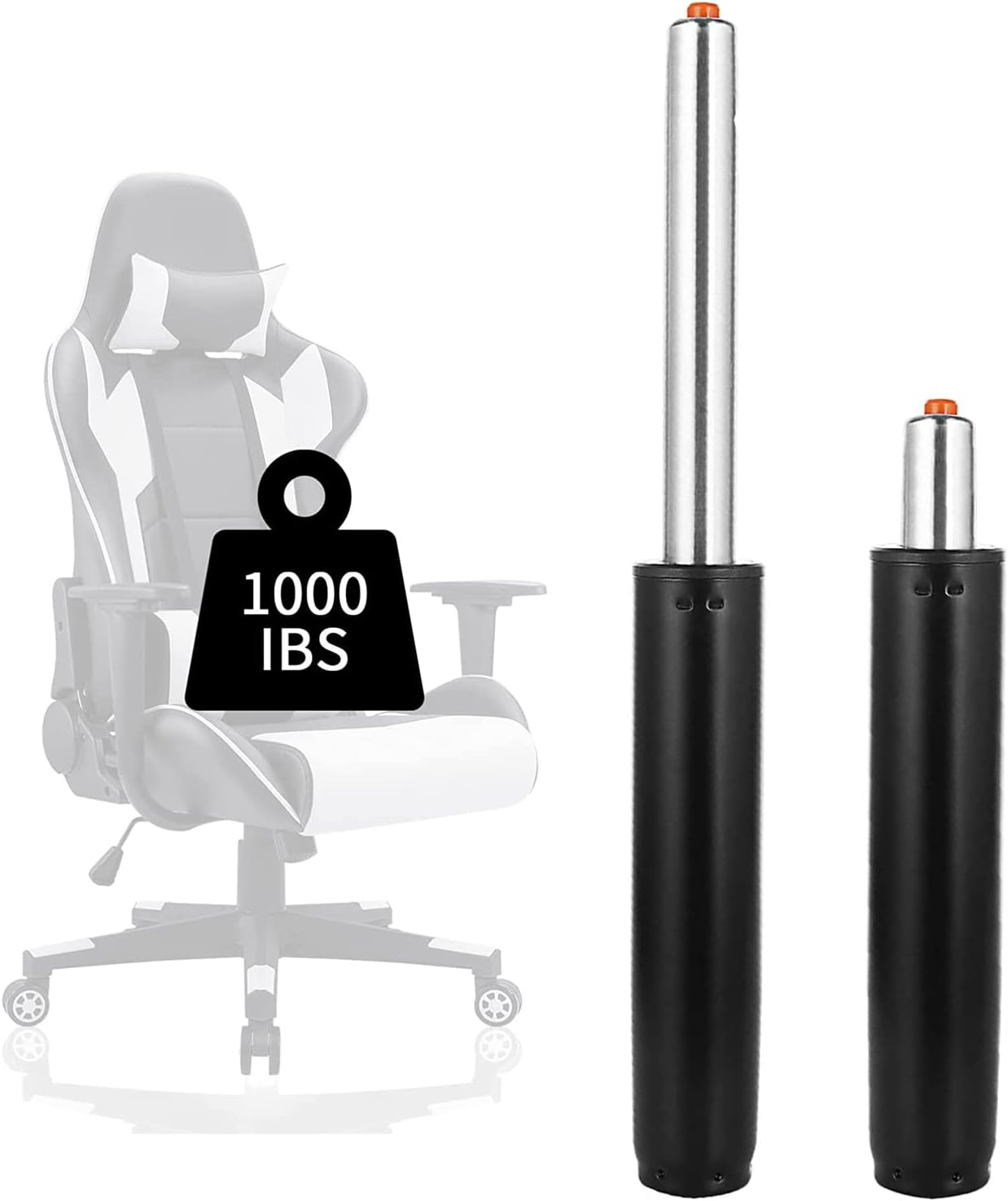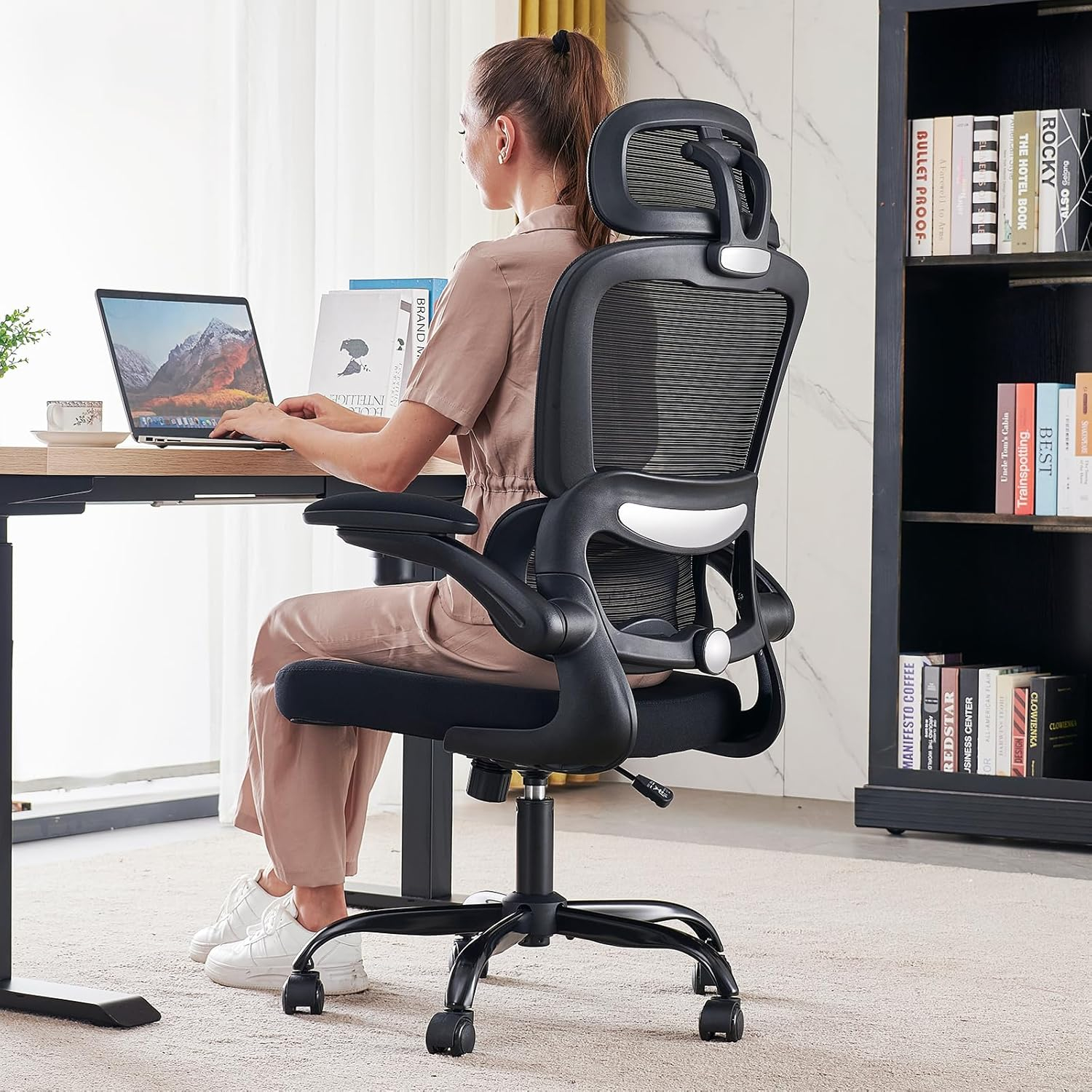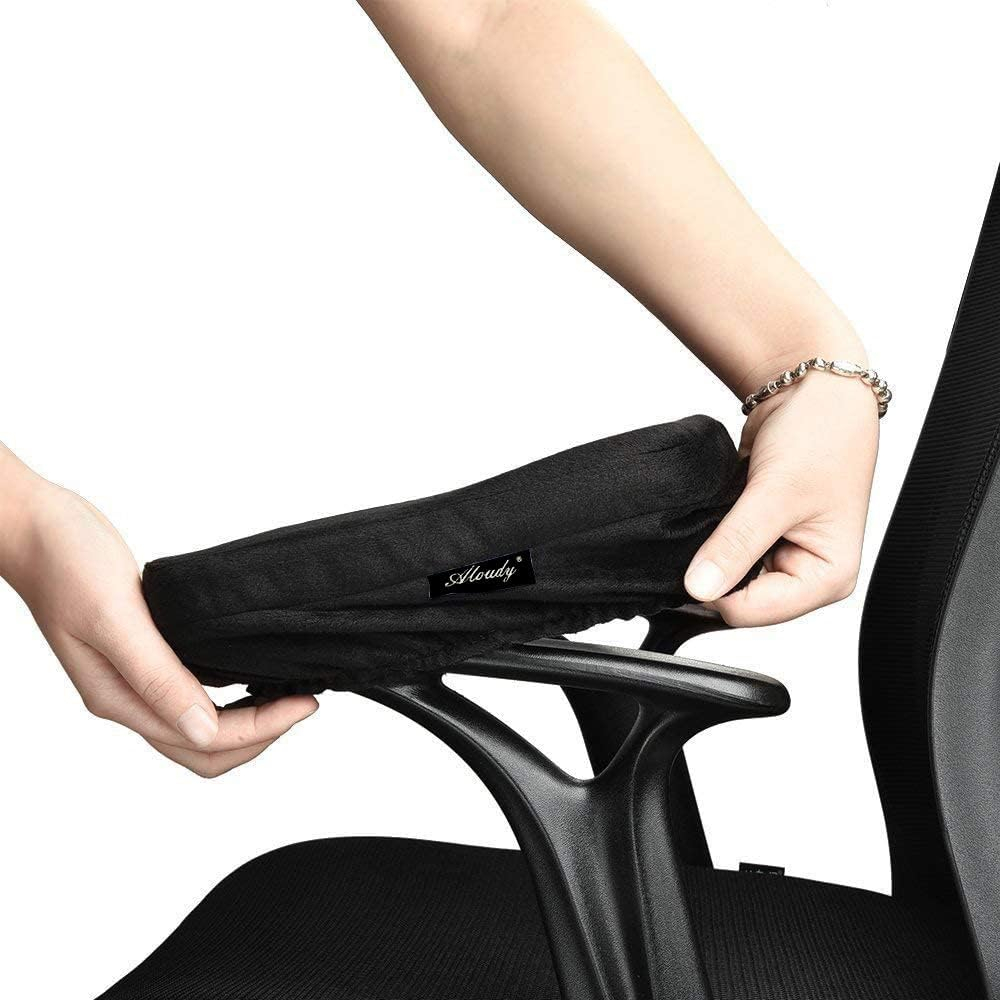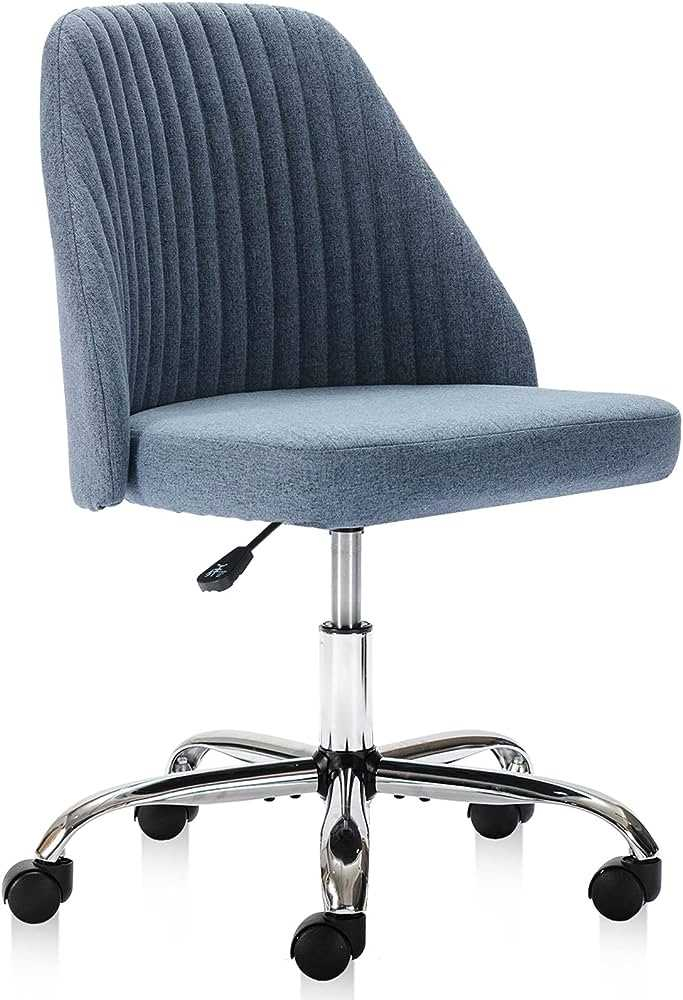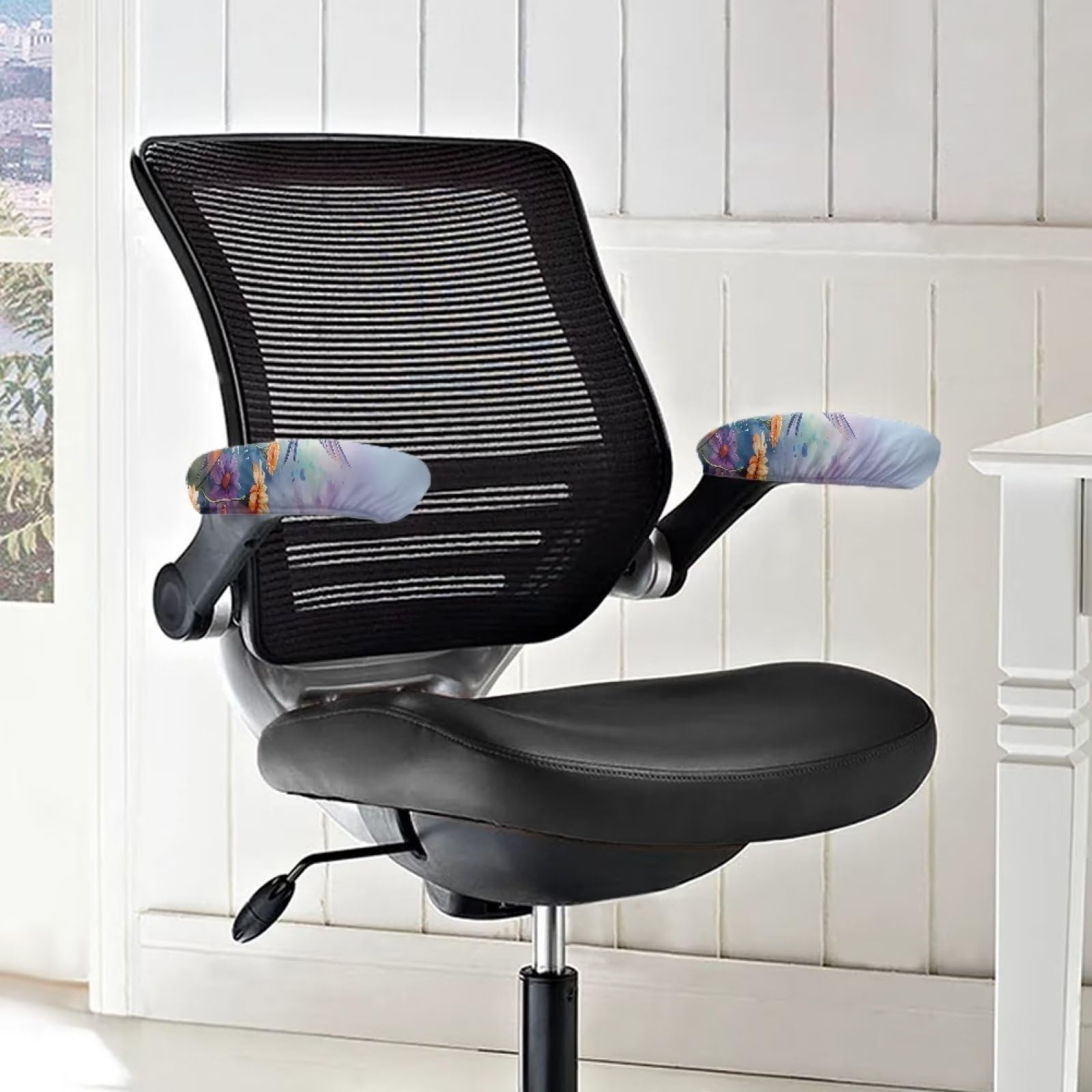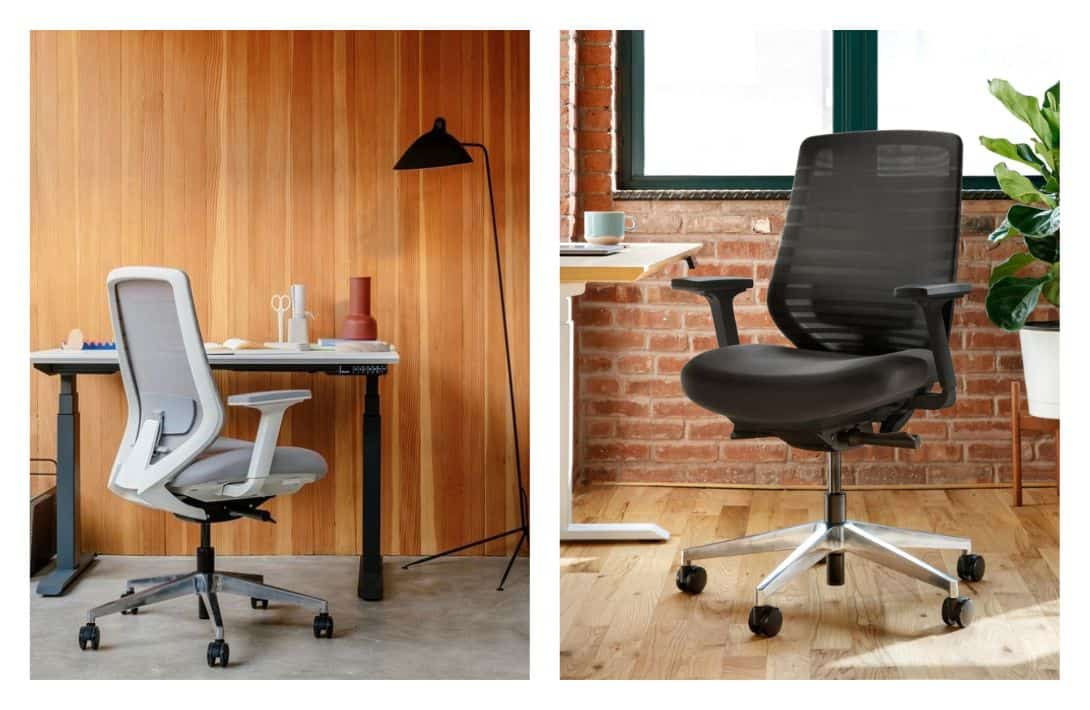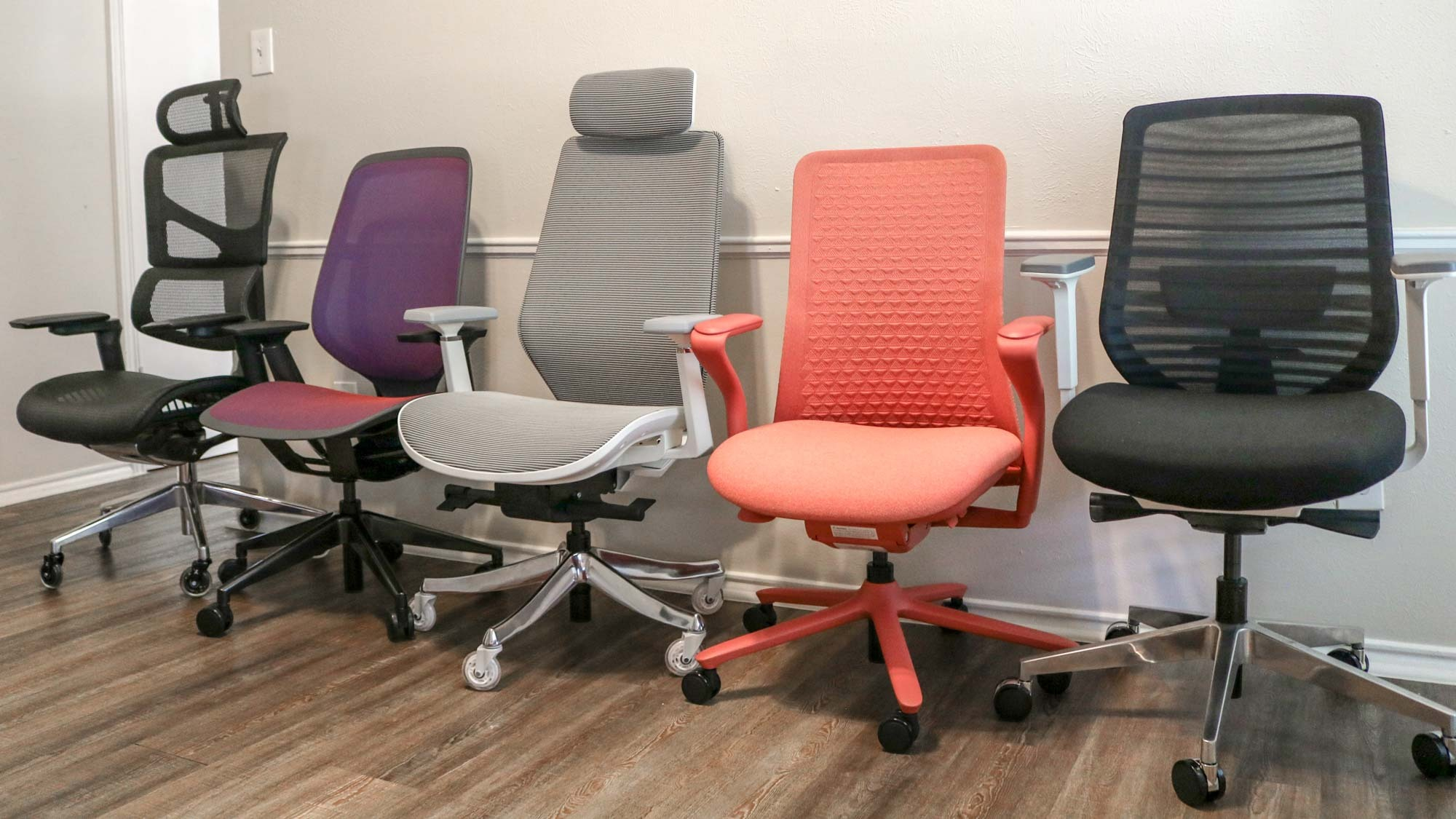There’s nothing quite as frustrating as settling into your office chair, ready to tackle the day, only to have it slowly but surely sink back down. It’s a common problem, and if you’ve experienced it, you’re not alone. This isn’t just an annoyance; it can actually impact your posture and comfort. So, how can you be sure if it’s your chair’s gas lift that’s the culprit and what are your options? Let’s dive in.
You know that feeling, right? You adjust your chair to the perfect height, feeling all set to be productive. Then, an hour later, you find yourself a little lower than you started. Maybe it’s a slow, almost imperceptible descent, or maybe it’s a sudden, dramatic drop. Whatever the case, if your chair’s height adjustment is no longer holding steady, chances are the gas lift cylinder is past its prime. It’s the unsung hero of your ergonomic setup, and when it starts to fail, everything else feels off. Let’s look at the clear indicators that it’s time for a change.
The Slow Sink: The Most Common Symptom
This is the classic sign. You’ll adjust your chair to your preferred position, and over time – sometimes minutes, sometimes hours – you’ll notice yourself sinking. It’s like a slow-motion betrayal by your own furniture. If you find yourself constantly readjusting, only for the chair to sink again, that’s a pretty strong hint your gas lift is losing its ability to maintain pressure. Think of it like a leaky balloon; it can’t quite hold the air (or in this case, the gas) like it used to. This gradual loss of height is the hallmark of a gas lift that’s on its last legs. It’s not just about comfort, either. If you’re constantly too low, you might be hunching over your desk, which is a recipe for back and neck pain. It’s a subtle but significant problem that impacts your daily well-being and work efficiency.
Sudden Drops: When It Gives Up All at Once
Sometimes, a gas lift doesn’t go out with a whimper, but a bang – or rather, a sudden thud. You might be sitting comfortably, and then, without warning, the chair plummets downwards. This is often a sign that the internal seals have completely failed. It’s less subtle than the slow sink and can be quite startling. Imagine you’re in a crucial video call, and suddenly you’re practically eye-level with your desk! This kind of sudden failure means the cylinder can no longer hold any pressure at all. It’s a definitive indicator that replacement is necessary. While it might seem dramatic, it’s actually a clear signal from your chair that it’s done its job and is ready for retirement in that particular component.
Difficulty Adjusting Height: Stuck in One Position
Another tell-tale sign is when you struggle to adjust the height in the first place. You press that lever, but nothing happens. Or perhaps it moves, but only with a lot of effort and a grinding sound. A healthy gas lift should operate smoothly and responsively. If the lever feels stiff, unresponsive, or makes strange noises when you try to adjust it, the internal mechanisms might be compromised. This could be due to internal wear and tear, or perhaps some debris has gotten lodged within the mechanism. Regardless of the cause, a chair that won’t adjust easily is a chair that’s not functioning as intended. It’s like trying to steer a car with a sticky steering wheel; it’s possible, but it’s a struggle and not how it’s supposed to be. This lack of smooth operation is a clear sign of internal issues with the gas lift.
Wobbly Base or Leaning: Structural Integrity Compromised
While not always directly caused by the gas lift itself, a faulty gas lift can sometimes contribute to a wobbly or unstable chair. If the cylinder isn’t properly seated or has developed internal issues, it might not connect securely to the chair base or the seat mechanism. This can lead to a noticeable wobble when you shift your weight or even a tendency for the chair to lean to one side. A chair should feel solid and stable beneath you. If yours feels precarious, or if you notice it leaning even when you’re not sitting in it, it’s worth investigating the gas lift. A compromised gas lift can affect the overall structural integrity of the chair, making it feel less secure and potentially unsafe. It’s important to feel grounded and supported, not like you’re on a tilting ship.
Visual Inspection: What to Look For
Sometimes, a quick visual check can offer clues. Look at the gas lift cylinder itself – that metal tube that connects your chair’s base to the seat. Is there any visible damage, like dents or cracks? While less common, extreme physical damage can certainly impact its function. More often, though, the issue is internal and not visible. However, if you notice any oil or grease leaking from the seals around the cylinder, that’s a pretty definitive sign that the internal components are failing and the gas is escaping. Leaks mean the cylinder can no longer hold the necessary pressure to keep your chair at the desired height. It’s like seeing a slow drip from a faucet; it indicates a problem that needs attention. A clean, dry cylinder is usually a sign of good health.
When It’s Time to Act: Replacing the Gas Lift
So, you’ve identified the problem. Your chair’s gas lift is definitely past its prime. What now? The good news is that replacing a gas lift cylinder is often a feasible DIY project, or a relatively inexpensive repair if you take it to a professional. Many office chairs are designed with replaceable gas lifts. You can purchase a compatible replacement cylinder online or from office supply stores. The process typically involves removing the old cylinder (which can sometimes be the trickiest part, often requiring a bit of leverage or even a rubber mallet) and installing the new one. Before you buy, make sure to measure your old cylinder or check your chair’s manual to ensure you get the correct size and type. Don’t let a faulty gas lift relegate a perfectly good chair to the landfill. A simple replacement can give your favorite chair a new lease on life, saving you money and reducing waste. It’s a practical solution to a common problem, and often easier than you might think.
Recognizing the signs of a failing office chair gas lift is the first step towards restoring your comfort and maintaining good posture while you work. Whether it’s a gradual sink, a sudden drop, or difficulty adjusting, these indicators point to a worn-out cylinder. Don’t let a malfunctioning gas lift detract from your workday or cause unnecessary strain. By understanding these common issues and knowing that replacement is a viable option, you can ensure your office chair continues to support you effectively. A little attention to this key component can make a big difference in your overall comfort and productivity. So, keep an eye on your chair’s performance – it might just be telling you it’s time for a simple, impactful upgrade.

